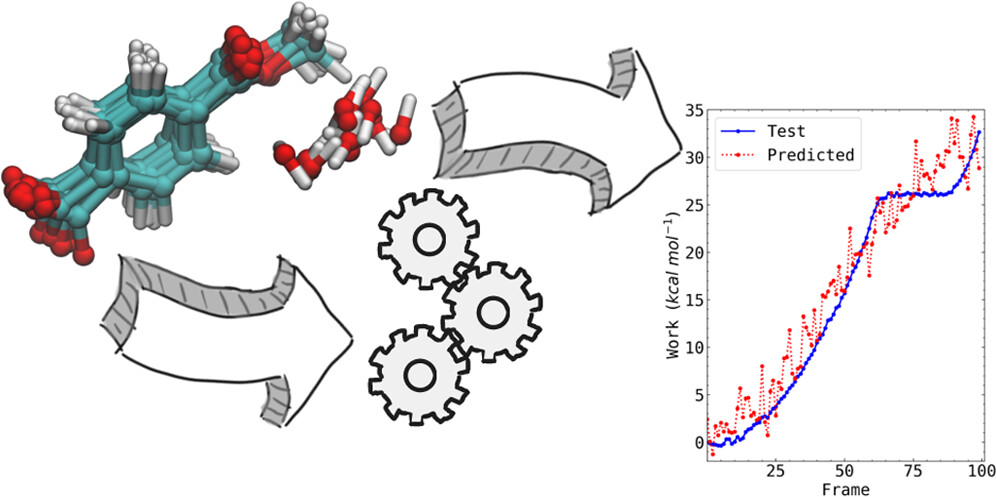Expert Augmented AI Enzyme Design
Unlocking Nature’s Potential with BioDesign
The Challenge: Why Enzyme Engineering is Hard
Nature Optimizes for Biology, Not Industry: Natural enzymes have evolved over millions of years, but their optimization is for survival, regulation, and efficient metabolism within a living organism. This means enzymes are often selected for properties like optimal regulation and integration into complex metabolic networks, rather than maximum intrinsic catalytic speed or stability under harsh industrial conditions.
Moderately Efficient by Design: Many natural enzymes are intentionally less efficient or tightly regulated to keep metabolic pathways balanced, meaning their natural state is far from their theoretical maximum performance for industrial use.
Evolutionary "Shackles": Natural enzymes are often tightly regulated by allosteric interactions or feedback loops. For industrial applications, we need to break free from these evolutionary constraints and unlock the enzyme's inherent potential for maximum performance, often in isolation from its natural biological context.
The Data Trap for Pure AI: Purely data-driven AI models, trained on natural evolutionary data, inherently learn and replicate these compromises. They excel at interpolating within known enzyme space but struggle to discover truly novel designs required for optimal industrial parameters. Relying solely on such models means staying within the boundaries of what nature has already explored.
This is precisely why our mission is to "Unlock Nature's Potential" – by moving beyond evolutionary history to design enzymes specifically for human-defined goals.
Enzyvo Innovations
Core Methodologies That Set Us Apart
Physics-Inspired AI Acceleration
We bridge mechanism-driven biophysics and AI, integrating physical principles with bespoke AI tools. This enables efficient, predictive, and rational navigation of the enzyme design landscape, overcoming traditional and purely data-driven limitations. Our physics-informed AI guides the search for optimal variants, with GENESIS rapidly exploring new peaks and REFINED quickly scaling them, shortening Design-Make-Test cycles.

Advanced Ensemble Modeling
Our platform leverages sophisticated techniques like flow-matching to efficiently sample and model protein conformational ensembles. This provides a deeper understanding of enzyme dynamics and function, crucial for designing improved catalysts. Capturing this dynamic nature is key to unlocking next-generation enzyme engineering.

Accelerating Quantum Mechanics for Catalysis
We integrate cutting-edge QM/MM methods to accurately model reaction mechanisms, especially for challenging metal-dependent chemistry. By accelerating these computationally intensive calculations, we can rapidly iterate on designs and predict catalytic outcomes with greater precision.

Our Technology Pillars
The Four Core Platforms Driving Our Enzyme Engineering Capabilities
Designs novel, new-to-nature biocatalysts and engineers substantial modifications to existing scaffolds. Optimizes size, interactions, and active sites.
Achieved 1 in 30 success rate for de novo design in prior work.
Core Models & Tools:
Revolutionary design of conformationally rigid peptides using non-canonical amino acids (NCAAs) and optimized cross-links. Creates highly stable, functional peptide modules.
Enables exquisite structural control for novel functionalities.
Core Models & Tools:
Flagship platform fusing rational design with CUSTOM peptides to create exceptionally stable enzymes (UltraZymes). Tolerates extreme conditions by recoding geometries.
Delivers biocatalysts with unparalleled robustness for demanding processes.
Core Models & Tools:
Meet Foldsmith: Your Enzyme Engineering Copilot
Explore the capabilities of our AI further with Foldsmith, our interactive enzyme engineering assistant. Access cutting-edge tools and insights derived from our core platforms.
Publications & Presentations
Sharing Our Discoveries and Innovations with the Scientific Community
Coming Soon
We are actively preparing publications and presentations to share our research findings and technological advancements. Please check back for updates.